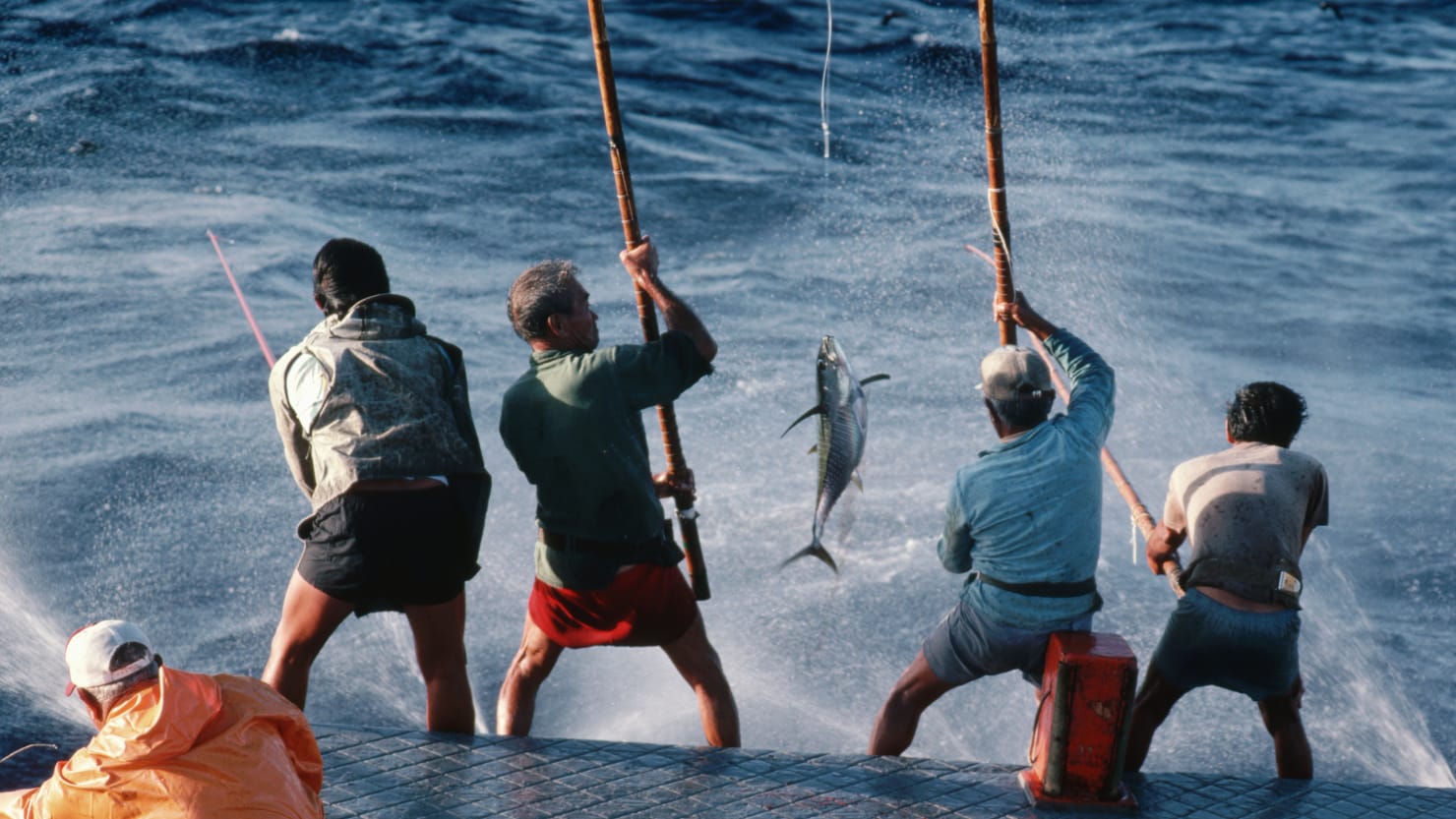The Evolution of Fish: From Fins to Fame

Throughout the annals of natural history, few stories are as captivating and transformative as the tale of fish evolution. These aquatic pioneers, which first emerged over 500 million years ago, were the precursors to all vertebrate life on Earth. From primitive jawless swimmers to the agile predators of today’s oceans, the journey of these creatures is one of remarkable adaptation, innovation, and survival.
A Dive into Deep Time
The narrative begins in the Cambrian Period, where the earliest vertebrates—simple, soft-bodied organisms—first made their appearance in ancient seas. Lacking jaws and composed mostly of cartilage, these ancestral species were a far cry from the armored titans that would come millions of years later. As the Devonian Period dawned, often called the “Age of Fishes”, life below the surface experienced an evolutionary explosion. The seas teemed with a diversity of forms, from placoderms with their bony exoskeletons to the elegant, lobe-finned fish whose descendants would one day walk on land.
From Cartilage to Bone
The structural leap from cartilaginous frameworks to ossified skeletons was monumental. Bone offered support, protection, and a greater range of movement. This allowed certain aquatic species to develop more specialized appendages—precursors to the limbs seen in tetrapods. With refined musculature and denser bone structures, these early bony fish (osteichthyans) began to dominate ecosystems.
It wasn’t merely survival of the fittest, but survival of the most adaptable. As shallow waters, reefs, and riverbanks presented new ecological challenges, fish adapted. Some evolved buoyancy control systems like swim bladders, while others honed their sensory systems to detect vibrations or chemical cues. The refinement of gills, fins, and internal organs allowed for incredible ecological flexibility.
The Architects of Aquatic Diversity
Fast-forward millions of years and a stunning array of species flourished in freshwater lakes, estuaries, coral reefs, and deep-sea trenches. Ray-finned fish (actinopterygians) emerged as the most dominant group, comprising over 95% of today’s fish species. Their streamlined bodies, fin flexibility, and scale variations enabled them to exploit countless ecological niches.
This diversification is not merely aesthetic. It reflects an underlying narrative of environmental pressure, reproductive innovation, and geographic separation. Some species developed unique camouflage mechanisms. Others relied on electric pulses, light-emitting organs, or intricate mating rituals to thrive in their habitats.
Fish Out of Water: A Bold Transition
Perhaps the most remarkable chapter of their history is the transition from water to land. Certain lobe-finned fish, like Tiktaalik, exhibited traits bridging the gap between aquatic and terrestrial life—primitive lungs, weight-bearing fins, and flexible necks. These anatomical adaptations set the stage for the emergence of amphibians and, eventually, all terrestrial vertebrates, including mammals, birds, and reptiles.
This leap was not immediate. It occurred over millions of years, through gradual shifts in form and function. Yet, the legacy of aquatic ancestry persists in every land-dwelling vertebrate today. From the structure of our spine to the architecture of our skulls, echoes of the ocean remain embedded in our biology.
Adaptation in the Face of Change
Environmental change has always been a catalyst for innovation. From ice ages to mass extinctions, fish have endured—and evolved. Some retreated to the depths, others shrank in size or changed reproductive strategies. The coelacanth, once thought extinct for 65 million years, was rediscovered in the 20th century—a living relic of a forgotten era.
Modern-day pressures such as climate change, overfishing, and habitat destruction now pose new threats. Yet, the resilience of aquatic life continues to surprise researchers. Species adjust migratory patterns, alter growth rates, and even shift reproductive timing in response to rising temperatures and acidifying waters.
Fish in Culture and Civilization
Beyond the biological, fish have also swum their way into the heart of human culture. From ancient riverine societies to modern cuisine, their presence has been essential. Symbolizing abundance, mystery, and transformation, fish appear in myths, art, and religious rituals across civilizations. The koi in Japanese gardens, the Nile perch in Egyptian lore, and the salmon in Celtic traditions all reflect humanity’s long-standing reverence for aquatic life.
This symbolic weight mirrors their practical importance. Fish have sustained human populations with protein, oil, and trade commodities for centuries. Today, aquaculture stands as a testament to both our dependence and ingenuity—breeding and raising fish to meet the growing global demand for seafood.
Into the Future: The Next Chapter
The odyssey of these creatures is far from over. As genetic research and marine biology advance, new species are discovered, new behaviors recorded, and new connections made. What lies ahead could redefine how we understand the very nature of adaptation and survival.
Artificial intelligence, satellite mapping, and underwater robotics are now part of the toolkit used to study fish in their natural habitats. These technologies provide unprecedented insight into migration, breeding, and communication—areas that were once inaccessible. This knowledge isn’t just academic. It informs conservation strategies, sustainable fisheries, and ecological resilience planning for a rapidly changing planet.





